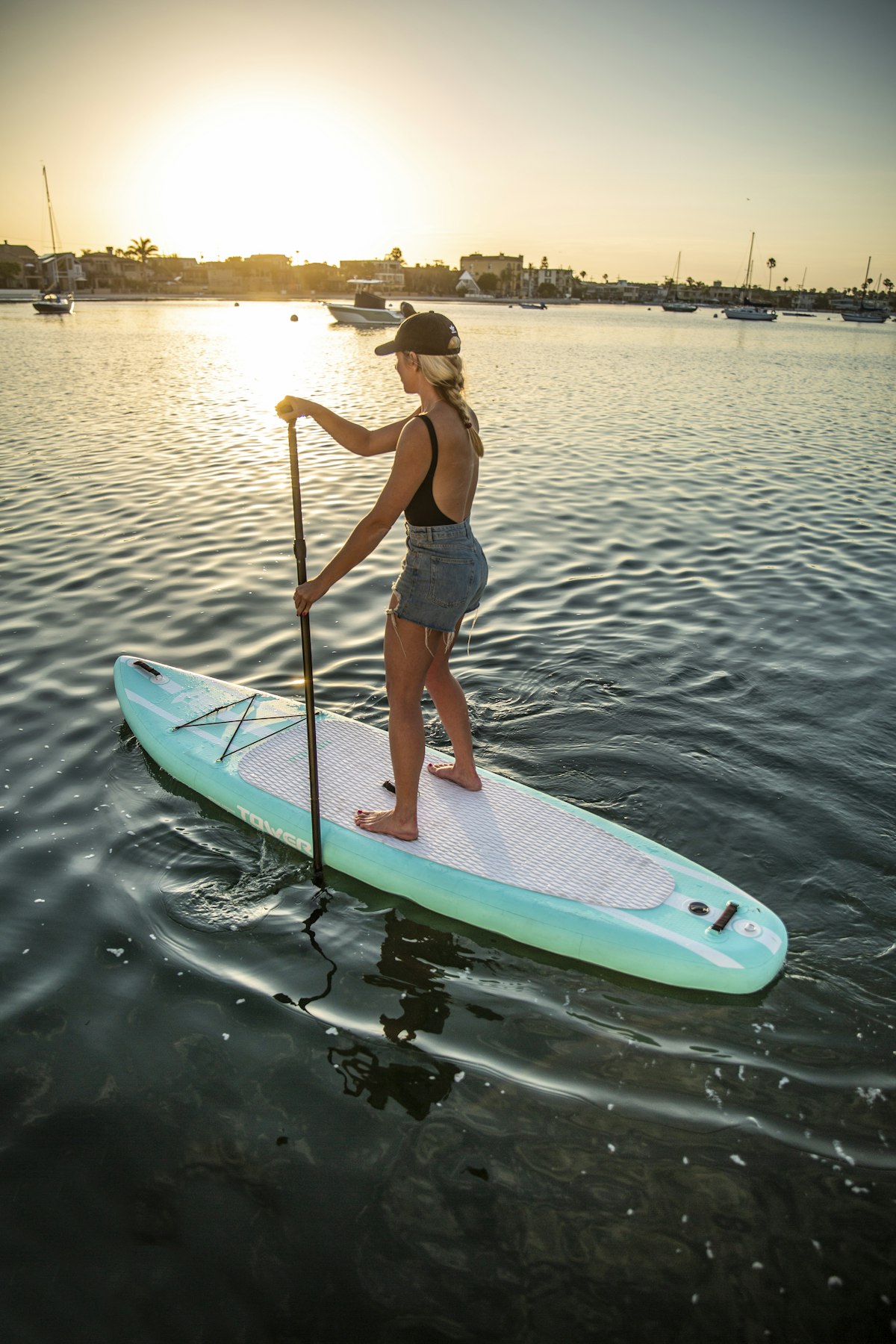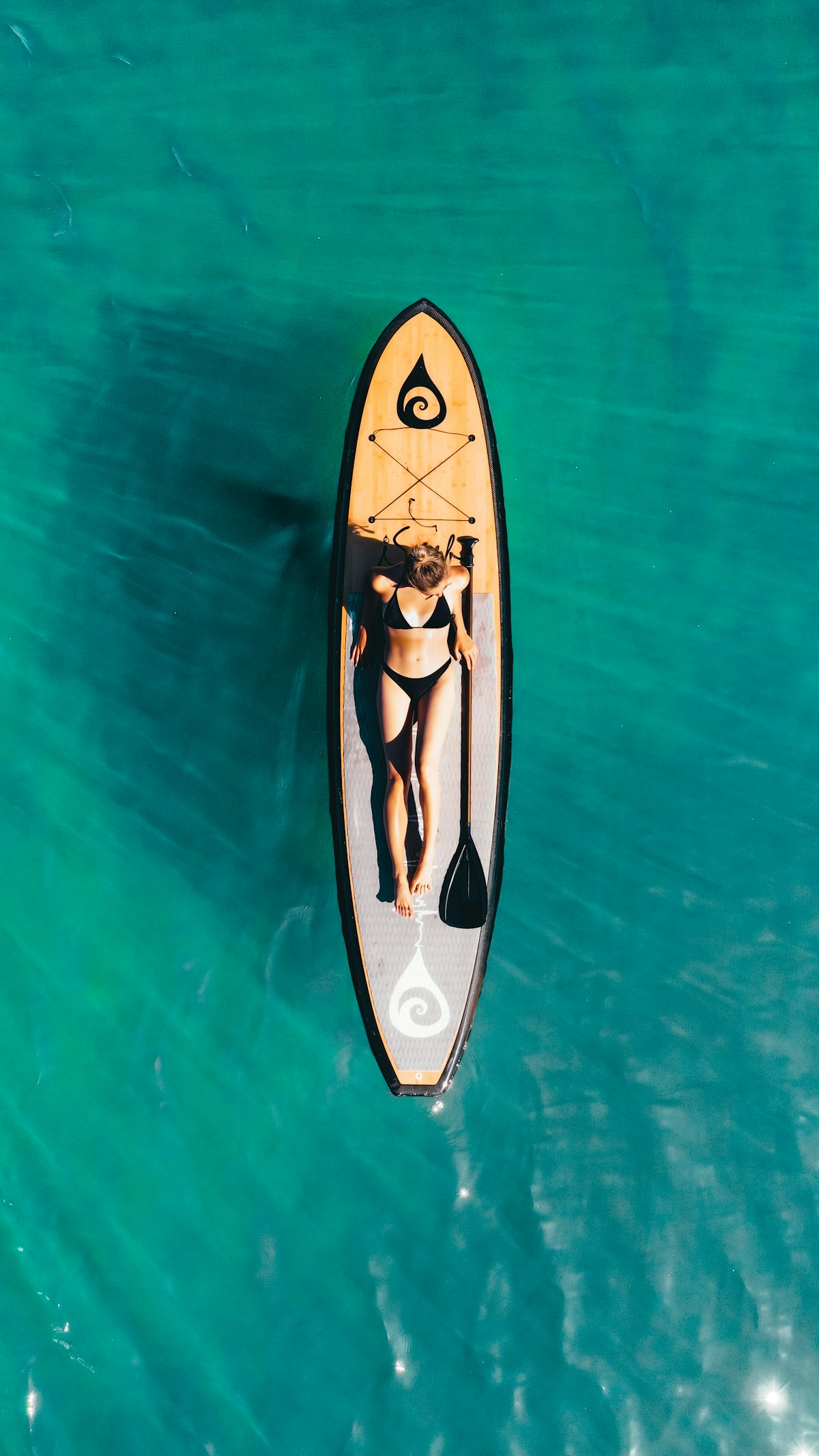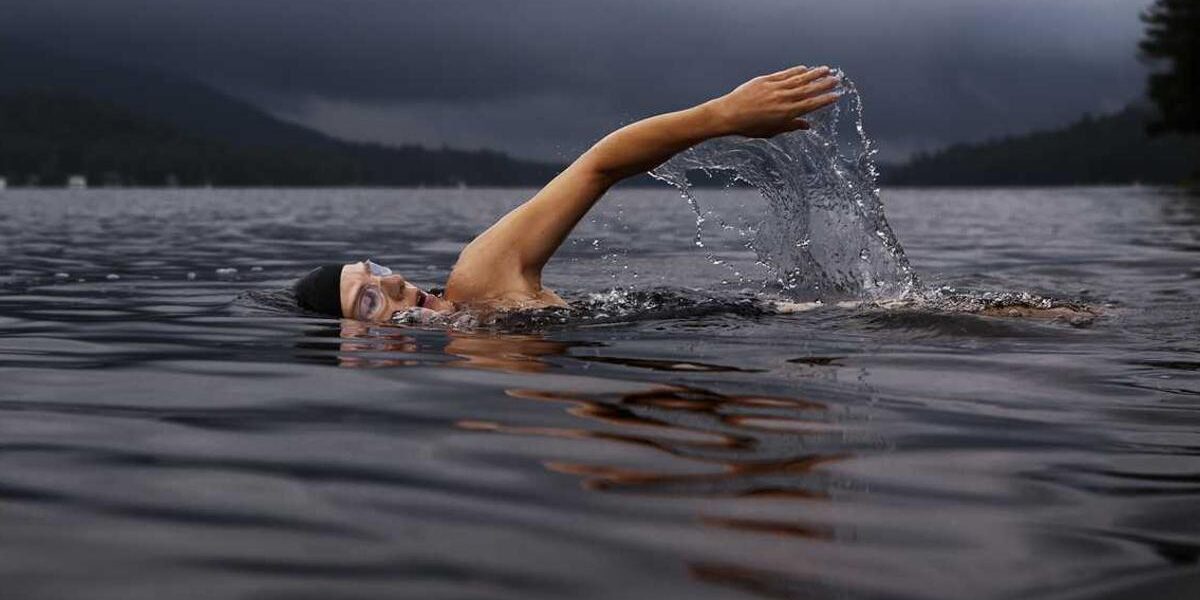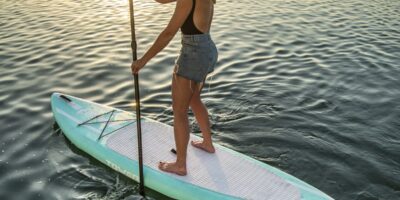
Paddle Boarding Through Mangroves
Paddle boarding offers a unique way to explore mangroves. These coastal ecosystems provide a tranquil setting for paddling. The calm waters and rich biodiversity make it an ideal spot for both beginners and seasoned paddlers.
The Basics of Paddle Boarding
Stand-up paddle boarding (SUP) requires a board and a paddle. Unlike traditional surfing, you stand on the board and use the paddle to navigate. The wide, stable boards are perfect for gliding over calm waters found in mangrove areas.
Floatation devices are crucial. Even if you are a strong swimmer, safety should always come first. Bring water and sun protection, as you’ll likely be out for several hours.
Understanding Mangroves
Mangroves are salt-tolerant trees that thrive in coastal environments. They protect shorelines from erosion and provide a habitat for various species. You will often find them in estuaries where rivers meet the sea.
In these ecosystems, it’s common to see a mix of red, black, and white mangroves. Red mangroves have distinctive prop roots, making them easy to identify. Black mangroves have pneumatophores, which are roots that stick up out of the soil to access oxygen. White mangroves are usually found further inland, distinguished by their rounded leaves.
Wildlife in Mangrove Ecosystems
Mangroves teem with life. Fish, crabs, and shrimp use the roots as nurseries. Birdwatchers will be delighted by the variety of species, from herons to ospreys. If you’re lucky, you might even spot a manatee or dolphin navigating the waterways.
The underwater life is just as vibrant. The submerged roots provide shelter for smaller fish and invertebrates. It’s a critical component of the coastal food web.
Navigating Through Mangroves
Paddling through mangroves requires a bit of skill and navigation. The waterways can be narrow and winding. Stay alert and keep the paddle strokes smooth and gentle. This minimizes disturbances to wildlife and keeps you moving efficiently.
Tides play a significant role. During high tide, more routes are accessible, but currents can be stronger. Low tide exposes more of the root systems, making navigation tricky but offering a different perspective.
Respecting the Environment
Respect for the environment is crucial. Avoid dragging the paddle along the bottom or disturbing the roots. Never dispose of trash in these delicate ecosystems. Take only pictures and leave only ripples.
Preparing for Your Paddle Boarding Adventure
- Research your destination. Some areas require permits or have restricted access.
- Check the weather and tide conditions. Safety should always be a priority.
- Pack essentials: water, sunscreen, a hat, and a light snack.
- Bring a waterproof bag for your phone and valuables.
Popular Mangrove Locations for Paddle Boarding
Florida’s Everglades are famous for their extensive mangrove systems. The Ten Thousand Islands offer endless exploration opportunities. The Florida Keys also provide stunning paddle boarding experiences.
In Asia, the Sundarbans in Bangladesh and India are home to the world’s largest mangrove forest. Thailand’s Khao Sam Roi Yot National Park boasts beautiful mangrove trails.
Australia’s Daintree Rainforest features mangroves that extend to the Coral Sea. This region offers a unique blend of rainforest and coastal paddling.
Benefits of Paddle Boarding Through Mangroves
Paddle boarding through mangroves is not just a physical activity but also a meditative experience. The serene environment can help reduce stress and enhance mental clarity. It’s also an excellent full-body workout, engaging your core, arms, and legs.
Connecting with nature in this way fosters a deeper appreciation for these vital ecosystems. It’s an educational experience, giving insight into the complex interactions within coastal habitats.
What to Do If You Encounter Wildlife
Respect all wildlife. Maintain a safe distance. Do not attempt to touch or feed animals. If you encounter larger animals like dolphins or manatees, observe quietly without making sudden movements.
Birds may be nesting in the mangroves. Paddle slowly to avoid startling them. Use binoculars for a closer look instead of disturbing their habitat.
Local Initiatives and Conservation Efforts
Many regions with mangroves have local conservation initiatives. These projects aim to protect and restore mangrove forests. Participating in guided tours often supports these efforts. Guides share knowledge and help minimize human impact on the ecosystem.
Volunteering for clean-up drives or planting mangroves can also make a difference. Even small actions contribute to the greater goal of preserving these crucial habitats.
Challenges and Solutions
Paddle boarding through mangroves presents challenges. Low-hanging branches and tight spaces can be tricky to navigate. Wear a hat and sunglasses to protect against sun glare. Hydration is key, as the combination of sun and physical activity can lead to dehydration.
In some regions, mosquitoes and other insects can be bothersome. Wear long sleeves and consider insect repellent. Staying on marked trails reduces your impact on the environment and your risk of getting lost.
Technological Aids
Technology can enhance your paddle boarding experience. GPS devices track your route and help navigate unfamiliar areas. Waterproof cameras capture the beauty of the mangroves without risking your phone.
Apps provide tide information and weather forecasts, crucial for planning your trip. Some apps also offer guides to local wildlife, adding an educational element to your adventure.
Drone footage of your journey can provide a unique perspective, especially in dense forest areas where the view from below is limited.
Community and Social Aspects
Joining a paddle boarding club or group can provide both safety and social benefits. Group paddles create a sense of community and offer collective learning experiences. Sharing tips and experiences enhances the overall adventure.
Social media platforms offer a space to connect with other enthusiasts. Sharing photos and stories can inspire others to explore and appreciate mangrove ecosystems.
Group activities often lead to greater environmental awareness and collective action towards conservation efforts.
Conclusion
Paddle boarding through mangroves is a fulfilling way to connect with nature while engaging in physical activity. Understanding the basics, respecting the environment, and exploring well-known locations create an enriching experience for individuals and groups alike.
“`
Recommended SUP Gear
GYMMALL Inflatable Paddle Board
Complete SUP package for all skill levels.
FunWater Inflatable SUP
Ultra-light board with all accessories included.
As an Amazon Associate, we earn from qualifying purchases.





Subscribe for Updates
Get the latest articles delivered to your inbox.
We respect your privacy. Unsubscribe anytime.